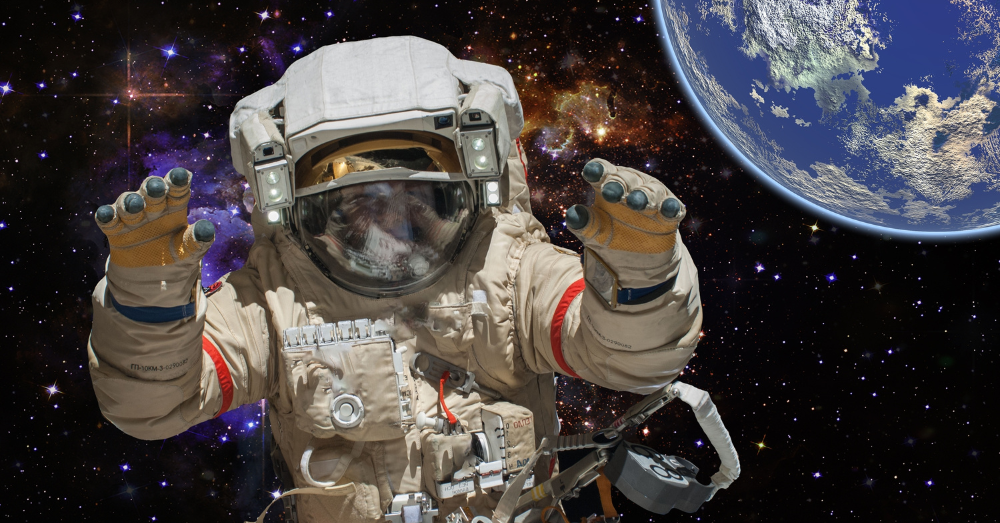
Tucked in the rolling hills of Bowling Green, KY, the story of spaceflight might not seem like an obvious fit. This southern city played a quiet role in one of NASA’s most transitional eras, thanks to astronaut Terry Wilcutt. A former Marine fighter pilot and Western Kentucky University graduate, Wilcutt went on to fly four missions aboard the Space Shuttle and helped carry NASA through the 1990s and early 2000s.
Now, decades later, space looks different. Rockets are landing themselves, astronauts are flying aboard SpaceX vehicles, and Mars feels closer than ever. What does that change mean for those who helped lay the groundwork for American space exploration? How does a place like Bowling Green, KY, fit into this larger story?
A Homegrown Astronaut With a Global View
Terry Wilcutt’s career followed the arc of classic NASA: military service, test pilot school, astronaut training, and finally, multiple shuttle missions. Between 1994 and 2000, Wilcutt flew on four flights, piloting Atlantis and Endeavour and eventually serving as mission commander. These flights helped deliver parts of the International Space Station and supported microgravity experiments that laid the foundation for future science in orbit.
Wilcutt’s impact didn’t stop with spaceflight. He moved into NASA leadership roles, eventually becoming the Director of Safety and Mission Assurance. That meant shaping how NASA approached its most complex challenges, including risk management, engineering oversight, and human spaceflight safety.
His journey from Bowling Green, KY, to the Kennedy Space Center just shows the values of precision, discipline, and public service that guided NASA through its shuttle years.
SpaceX and the Shift Toward Private Flight
Today, the spacecraft making headlines aren’t built solely by government agencies. SpaceX has become the face of modern spaceflight, launching both astronauts and satellites with reusable rockets. With NASA now relying on commercial partners to reach low Earth orbit, the line between public and private is increasingly blurred.
For astronauts like Wilcutt, trained during a time when NASA managed every part of a mission, this shift represents a major evolution. It raises questions about control, responsibility, and vision. While the collaboration between NASA and private companies has brought innovation and lowered launch costs, it also signals a reduced hands-on role for the agency itself.
NASA now acts more like a partner than a sole operator. It sets standards, oversees safety, and funds projects, but companies like SpaceX and Blue Origin are often the ones building hardware and leading designs.
From Shuttle Pads to Mars Launch Plans
The impact of this public-private partnership is hard to ignore. SpaceX, if successful, could reshape interplanetary travel. Missions to the Moon and Mars are being built, tested, and sometimes even launched. NASA remains deeply involved in science and long-range exploration, but it’s no longer doing all the heavy lifting.
Even Wilcutt has acknowledged the value of working with commercial teams. This is something he helped advance through his safety and oversight roles in the agency’s later years.
Looking Back, and Looking Up
As the future of space grows more commercial and more ambitious, the contributions of early astronauts and NASA leaders like Terry Wilcutt won’t be forgotten. They built the systems, safety practices, and human spaceflight expertise that make today’s achievements possible.
This post may contain affiliate links, meaning we may earn a commission if you make a purchase. There is no extra cost to you. We only promote products we believe in.






